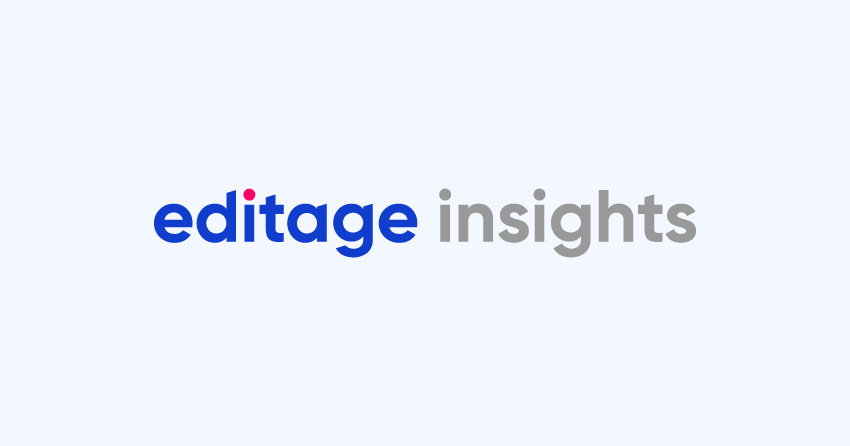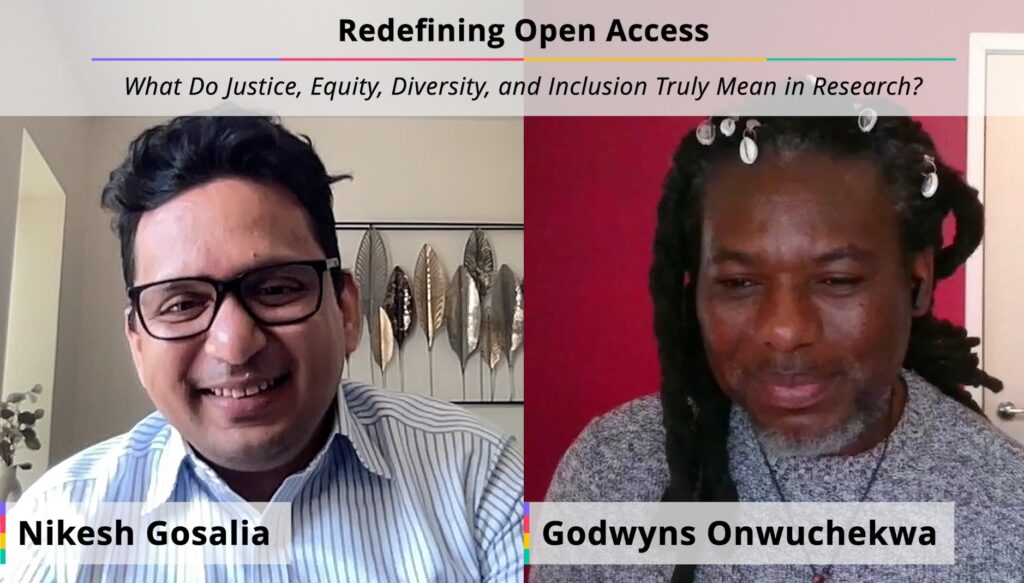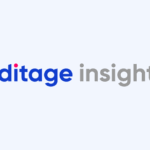What academicians think of open access publication

Wouldn’t it be interesting to know what the academic world thinks of open access (OA) publishing and related topics, such as peer review, licensing, re-use, and metrics? I just read the results of a broad survey on this topic, conducted by Taylor & Francis and its parent company, Informa. The results are published here. Since it may be time-consuming and difficult to examine the extensive results, I thought I’d highlight some significant aspects, some of which have been reported on the Scholarly Kitchen blog:
Survey facts:
- The survey included all authors, who published in a Taylor & Francis journal in the year 2011 and had not opted-out of surveys or been recently surveyed in another capacity.
- The respondents were separated into 2 groups in one part of the survey, which deals with the future of open access publishing. One group has responded to what they “think will happen” and the other to what they “would like to happen.”
- Out of the 11,942 respondents, 506 (4.2%) were Chinese.
- The total response rate was 19% and Asia’s response rate was 12%.
- 45% of the respondents are from fields such as humanities, behavioral sciences, education, politics, and law. In comparison, 43% of responses came from people in disciplines like engineering, mathematics, biology, chemistry, physics, and geology.
Findings:
- Low preference for CC-BY licenses: The CC-BY licence allows anyone to: (a) copy, distribute and transmit the work; (b) adapt the work; (c) and make commercial use of the work under the condition that the user must attribute the work in the manner specified by the author or licensor (but not in any way that suggests that they endorse the user or their use of the work). 52% of respondents said CC-BY was their least-preferred license.
- Doubts whether OA will encourage innovation: There is some uncertainty among academicians (38%) about the innovation OA publishing may stimulate. Moreover, academicians doubted the quality and production standards (copyediting and typesetting) in OA publishing. However, there is a general agreement that OA offers fundamental benefits.
- Research accessibility shouldn’t be dictated by money: The strongest point of agreement among academicians is that the ability to pay should not determine the quality of research publication (65% authors agreed on this). At the same time, there is a general agreement that all research outputs should be available online for free.
- Strong preference for subscription journal: 38% respondents agreed that OA journals offer wider circulation compared to subscription journals. However, when academicians were asked to choose between publishing (a) in the best journal possible regardless of cost, (b) a journal that doesn’t charge for publication, (c) or a journal that doesn’t charge for reading: 52% chose the best journal regardless of cost; 39% chose a journal that doesn’t charge them to publish; and 9% preferred journals that don’t charge readers.
- Funders play a vital role in publication: Out of 11,927 respondents, more respondents “think” funders will dictate where they publish (31%) than “like” this idea (11%).
- Low inclination to publishing in OA journals: As few as 9% respondents said that they would actively choose to publish in OA journals. This is surprising since a significantly large number of respondents (38%) agreed that OA journals offer wider circulation (see point 4). Further, 68% respondents “think” and 70% would “like” academic journals to be the principal publication outlets, demarcating quality research.
- Future alternative to academic papers: When asked how they envision the future alternative to academic papers, out of 745 respondents, 10.33% thought research output will change in some unspecified way, 9.26% thought multimedia would be an alternative, while 8.99% thought the alternative would be blogs.
Study limitations:
- Since the percentage of respondents representing the disciplines is slightly unequal (as mentioned in the survey facts), the results cannot be considered entirely accurate.
- Respondents from Asia are slightly under-represented in the survey, while respondents from the USA & Canada are slightly over-represented.
Despite the limitations, this comprehensive survey provides a thought-provoking glimpse into the future of academic publishing world. What do you think?
Related reading:





